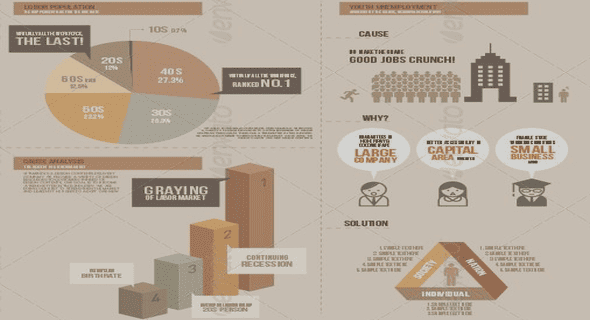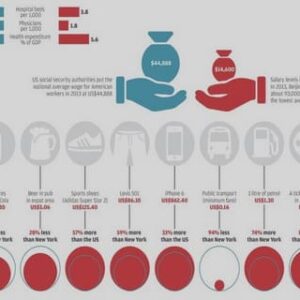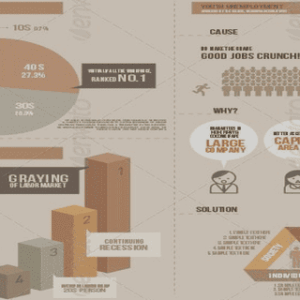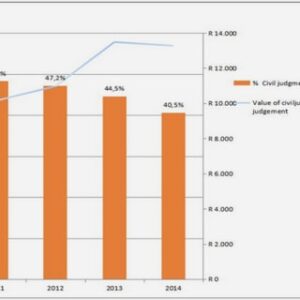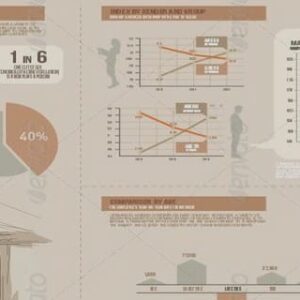(Downloads - 0)
For more info about our services contact : help@bestpfe.com
Table of contents
1 Financing Structure, Micro and Small Enterprises’ Performance, and Woman Entrepreneurship in Indonesia
1.1 Introduction
1.2 Related Literature
1.3 MSEs & financing sources in Indonesia: stylized facts
1.3.1 Development of women entrepreneurs in Indonesia
1.3.2 Main difficulties experienced by manufacturing MSEs
1.3.3 Employment structure and average wage by the gender
1.3.4 Market structure of the Indonesian manufacturing sector
1.3.5 Heterogeneity of geographical attributes
1.4 Data and variables of interest
1.4.1 Data description
1.4.2 Descriptive statistics
1.5 Empirical strategy
1.5.1 Estimation of Total Factor Productivity (TFP)
1.5.2 Empirical model: Fixed effect and GMM methods
1.6 Results and discussion
1.6.1 Formal financing and firm productivity
1.6.2 Women entrepreneurs, formal financing and productivity
1.6.3 Alternatives firm performance measures
1.6.4 Robustness checks
1.7 Conclusion
1.A Sample and data definition
1.B Additional figures
2 Gender and Access to Finance on Business Development: Evidence from the World Bank Enterprise Surveys
2.1 Introduction
2.2 Related Literature
2.3 Stylized facts
2.3.1 Female ownership and economic development
2.3.2 Perception on access to financing by gender
2.4 Data and descriptive statistics
2.4.1 Data description
2.4.2 Dependent variables: firm growth
2.4.3 Independent variables
2.4.4 Control variables
2.5 Empirical strategy
2.6 Results and discussion
2.6.1 Gender of the business and employment growth
2.6.2 Female ownership, access to finance and employment growth
2.6.3 Further analysis by firm characteristics and across countries
2.7 Robustness checks
2.7.1 Alternative measure of firm growth: sales growth
2.7.2 Use an alternative measure of external financing
2.7.3 Instrumental variable estimation
2.7.4 Firm growth and crisis
2.7.5 Size of the informal sector
2.8 Discussion
2.9 Conclusion and policy implications
2.A Sample and variable definition
2.B Additional figures
3 Productivity, Resource Misallocation and Manufacturing TFP: Evidence from Indonesian Firm-Level Data
3.1 Introduction
3.2 Related Literature
3.3 Theoretical framework: Misallocation and Productivity
3.3.1 Marginal revenue products and sources of misallocation
3.3.2 Physical, revenue productivity, and aggregate TFP
3.3.3 Decomposition analysis of industry TFP
3.4 Data and stylized facts
3.4.1 Data description
3.4.2 Calibration of parameters
3.4.3 Stylized facts
3.5 Results and discussion
3.5.1 To what extent are resources misallocated in Indonesia
3.5.2 Implications for the size distribution of firms
3.5.3 Potential gains of resource misallocation elimination
3.5.4 Decomposition of potential gains
3.5.5 Selection and productivity
3.5.6 Policy implications and changes in allocative efficiency
3.6 Robustness checks
3.6.1 The role of distortions in firm exit and exporting status
3.6.2 Alternative specifications for TFP gain
3.6.3 Different parameter values for the capital share
3.6.4 Productivity evolution
3.6.5 Alternative measure of capital stocks
3.7 Conclusion
3.A Model details
3.A.1 Optimization problems
3.A.2 Profit maximization problem
3.A.3 TFPR, TFPQ and industry TFP
3.A.4 Decomposition of aggregate TFP
3.B List of variables included in the analysis
3.B.1 Construction of misallocation measures for dependent variables
3.B.2 Independent and control variables
3.C Additional tables
3.C.1 Descriptive statistics of the firms and productivity in the sample
3.C.2 Industries classifications based on three-digit international ISIC
3.D Additional figures
General conclusion
